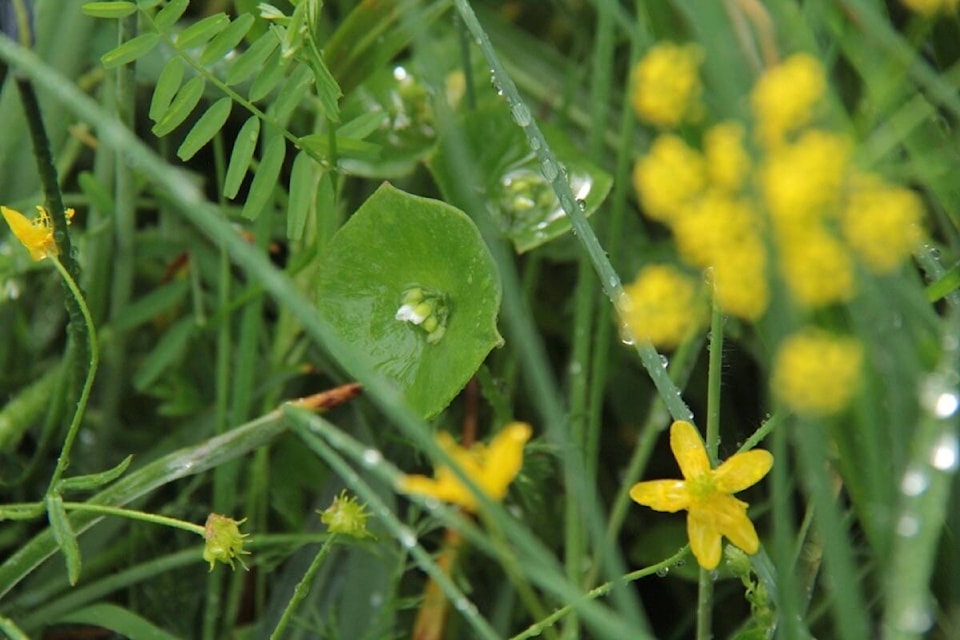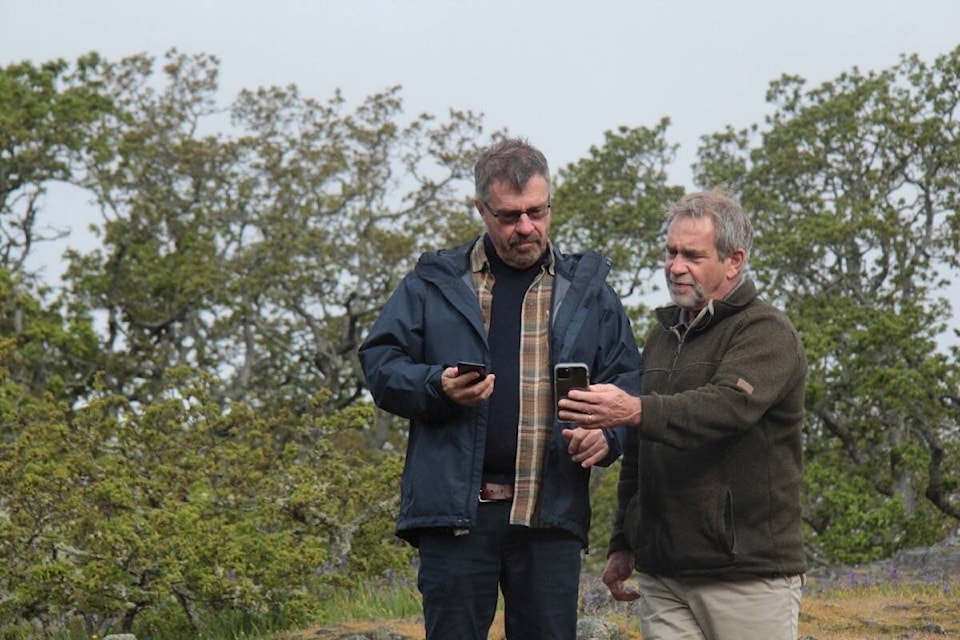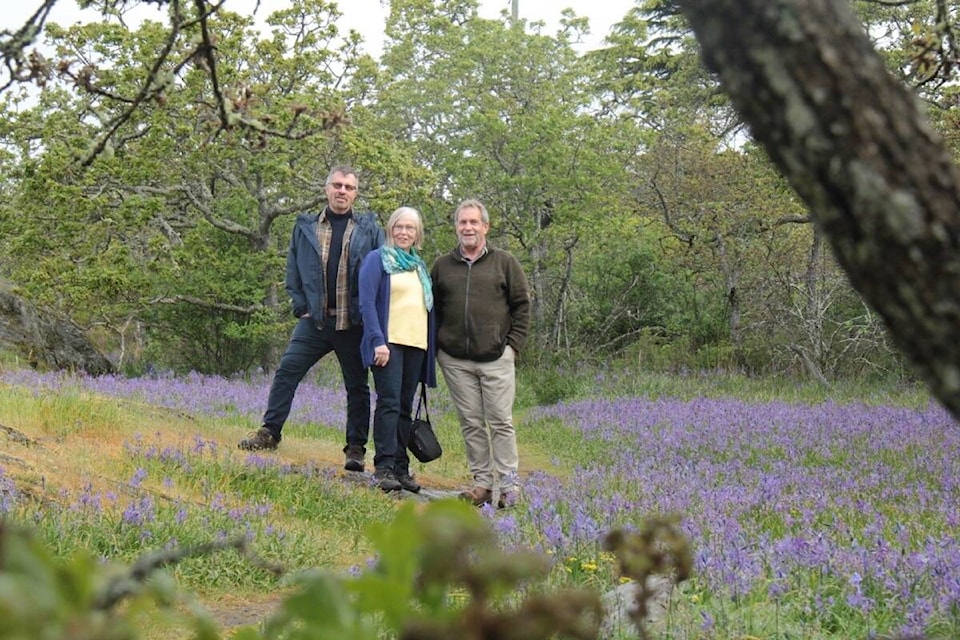Oak Bay is punching above its weight in the battle for biodiversity protection in Canada.
The municipality – with a population just shy of 18,000 as of the 2021 census and covering 10 square kilometres of coastal Greater Victoria – is close to achieving six Key Biodiversity Areas (KBA).
Trial Islands Ecological Reserve, where the lighthouse stands visible from Beach Drive, was the first designated KBA in the nation. Since then Gonzales Point and Sahsima (Harling Point) have been approved. Technical assessments are complete and await final sign off for Koweechela (Mary Tod Island), Uplands Park and Cattle Point and Trafalgar Park.

“It’s hot for a little municipality,” said Wylie Thomas, a restoration biologist who has worked in Oak Bay for years. “We’re in this big biodiversity crisis. We’re going through a massive extinction right now. If you think about it, we’re cutting down forests, poisoning rivers, and if we don’t do something we’re going to lose a big part of our biological heritage forever.”
READ ALSO: The view from Kohweechela - Oak Bay’s island park
KBA were developed as a global standard by the International Union for the Conservation of Nature in 2016 to capture biodiversity elements within a site using a single tool. Now adapted for a Canadian context, the designation is important to maintaining global biodiversity, Thomas said, while standing in an Uplands Park Garry oak meadow – one the nation’s most endangered ecosystems.
“We have a big piece of what’s left in Canada right here,” he said.
Once common in coastal areas of B.C. less than five per cent remain in near-natural condition.
Uplands is home to the highest concentration of rare species in Canada, including 26 endangered or threatened plant species and one bumblebee. There used to be rare butterflies too, but they’ve disappeared, Thomas said.
Ongoing remediation and preservation of the 76-acre urban park is a success story attributed to integrated efforts by keen resident volunteers and district staff as well as efforts to secure provincial and federal funding.
Among those volunteers is Margaret Lidkea, the longtime leader of Friends of Uplands Park who garnered permission to take Girl Guides into the park to remove invasive scotch broom three decades ago and hasn’t stopped since.

The successes drew the global Conservation Coaches Network in fall 2022. Last year three groups of international youth came to visit and learn, and will return this year, Lidkea said.
“They’re learning about leadership in environmental protection. It’s really exciting to have young people that are thrilled about this” she said.
“Education is absolutely critical for protection of this area. I of course start with children, getting them out and connected to the land. A lot of people aren’t, they don’t have a sense of place outdoors and you have to love a place before you’re going to protect it,” Lidkea said.
RELATED: Decades of conservation work in Oak Bay park draws international attention
Those volunteers, new and old, are as critical as the various governments who chip in, said Thomas. The designation primes the ecosystems for funding to restore the natural areas. The stunning Garry oak vista at Anderson Hill, for example, is not on the list because of a dearth of rare species, though one was recently found upping the potential for future funding.
The KBA also offer the opportunity to raise the profile of things such as natural pollinators, said parks manager Chris Hyde-Lay. That means while the biodiversity is prime in protected parks such as Uplands and nearby Kohweechela, the spaces between could use some help.
“We’re so fortunate because the park is biodiversity rich and incredibly important for all of our pollinators. We really encourage people to look at Uplands and take these little pieces of biodiversity and put them into their yards too, so things aren’t completely disjointed,” Hyde-Lay said. “That’s what we want to keep growing and growing and growing.”
Find all KBA in Canada, including three others in the region – Fort Rodd Hill, Christmas Hill and Durrance Lake – Cole Hill – online at kbacanada.org/explore/map-viewer. Koweechela (Mary Tod Island), Uplands Park and Cattle Point and Trafalgar Park are expected to be published soon.
RELATED: Greater Victoria’s Trial Islands, Fort Rodd touted as key biodiversity areas



